The best tablet for photo editing and photographers
Apple, Samsung, Microsoft, or Amazon: who makes the best tablet for photo editing?
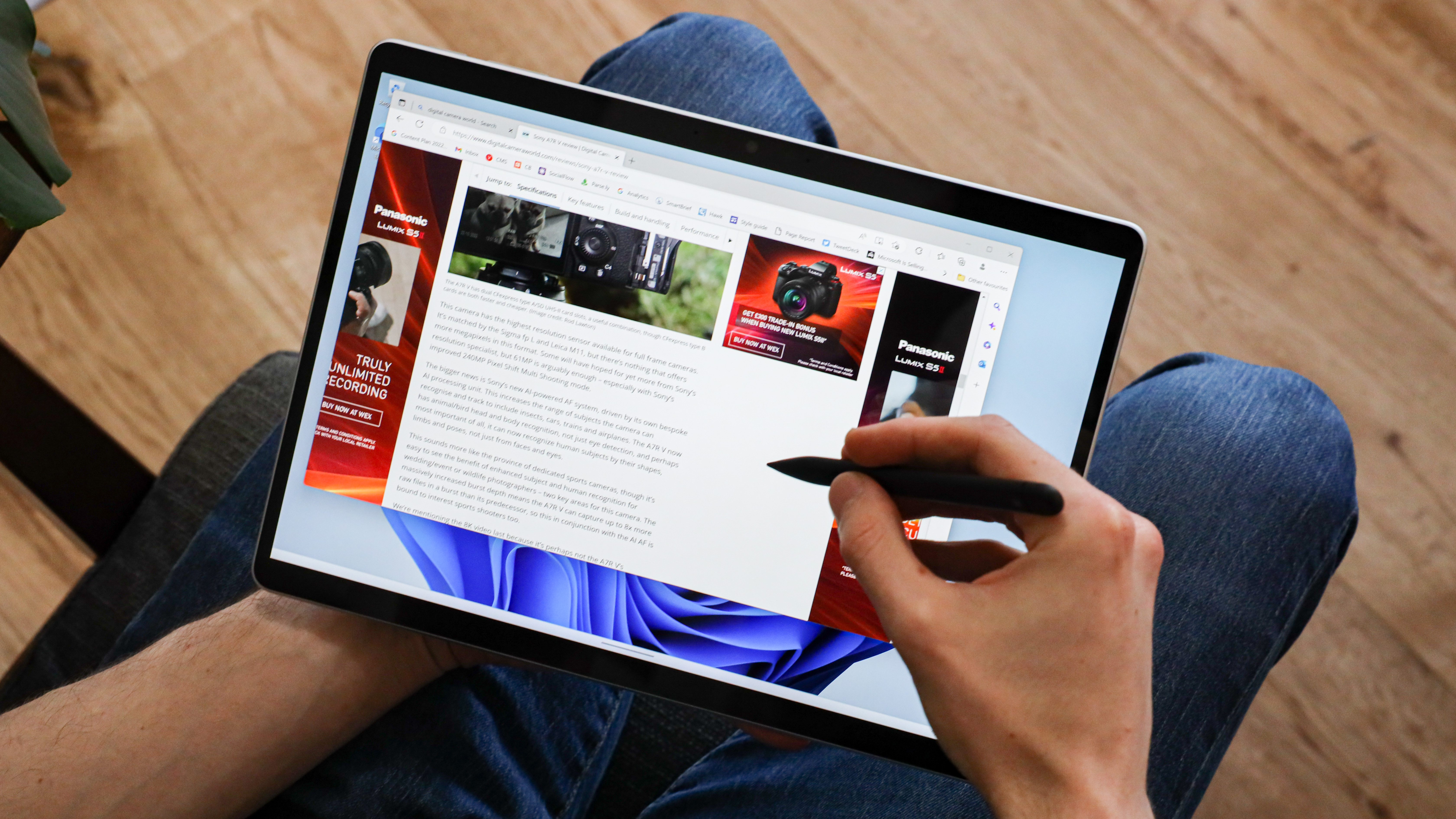
The best tablet for photo editing allows you to edit images almost anywhere. Our top pick right now is the iPad Pro M4, which has a beautiful display and a super-fast processor. However, it's also pretty expensive, so we've included a range of alternative options on below.
Whatever kind of tablet you're looking for, you'll find it on our list, from premium models to the budget tablets. We've got iPads, Android tablets, and a super-cheap Amazon tablet. Plus if you want to run full Windows software, the Surface Pro 9 offers an experience similar to one of the best photo-editing laptops.
These tablets have been hand-picked and tested by our experts, so you can be sure you're buying the best on the market. So read on, as we explain how all the different products differ, and share the facts and figures you need to choose between them.

Gareth is the Reviews Editor at Digital Camera World, and the person in charge of approving all the latest camera-related tech. With several years of experience as a photographer and videographer, shooting for some household names, he has learned a thing or two about cameras and the photography industry. Outside of photography, expect to find him cycling around London, or deep in a Netflix binge.
The quick list
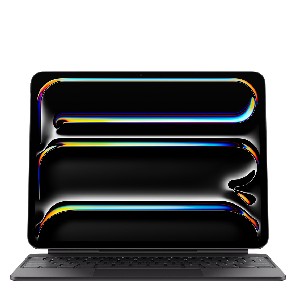
With enough power to challenge high-end laptops, a large mini-LED screen with stunning HDR, plus excellent app support and Apple Pencil 2, this is simply the most capable tablet around.
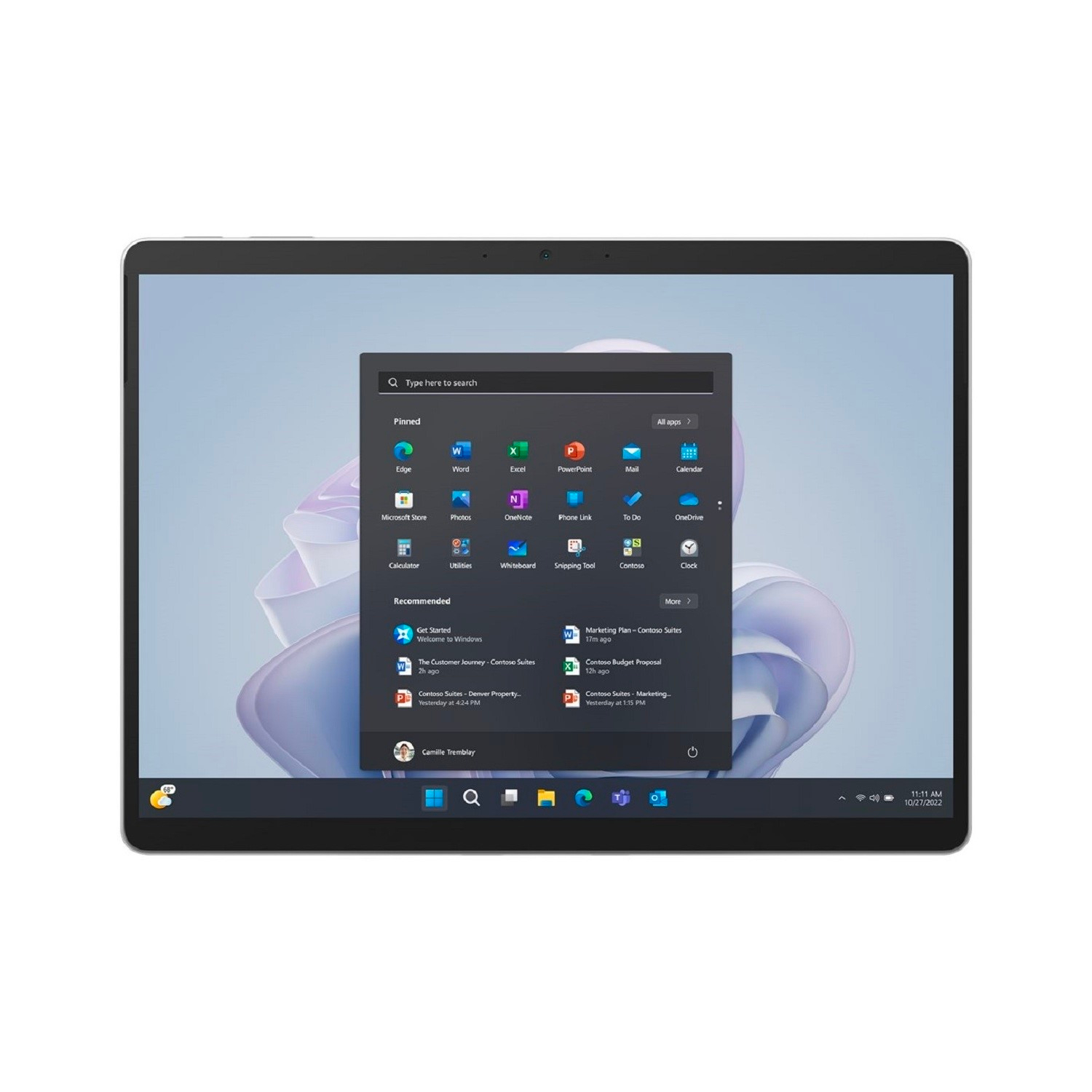
The full flexibility of Windows, and the editing apps you use there, in a comfortably mobile tablet, that's fast and responsive. The screen is high quality too, making it ideal for photo work.
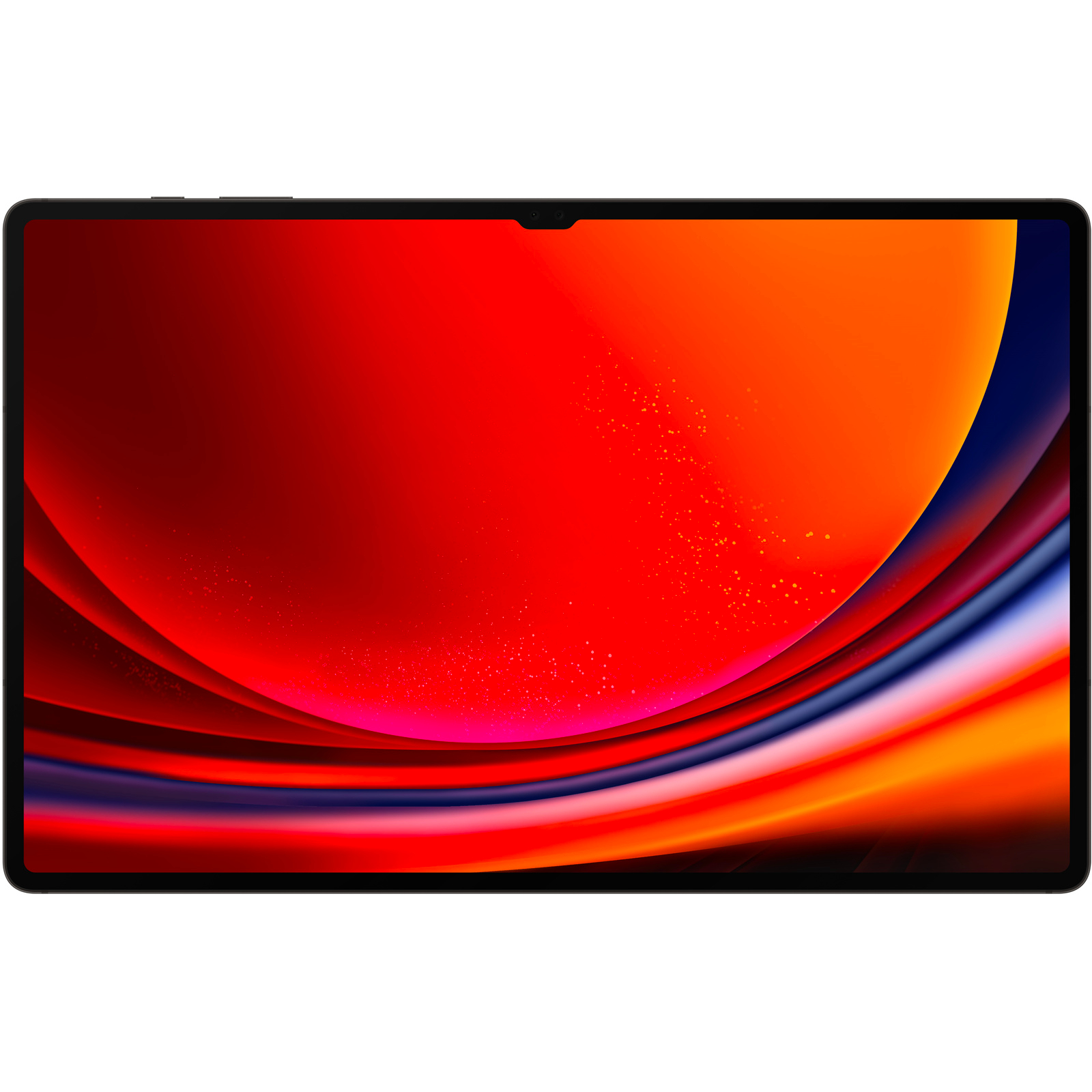
A huge 14.6-inch OLED screen is crucial here, but it also offers great performance, and the flexibility of Android with Samsung's useful multitasking sauce.
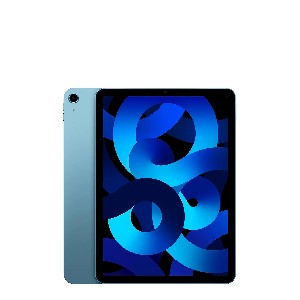
This tablet is highly capable thanks to its laptop-class Apple M1 chip. The 10.9-inch screen is also accurate, with Apple Pencil 2 support, but the selling point here is the power to do anything for a good price.
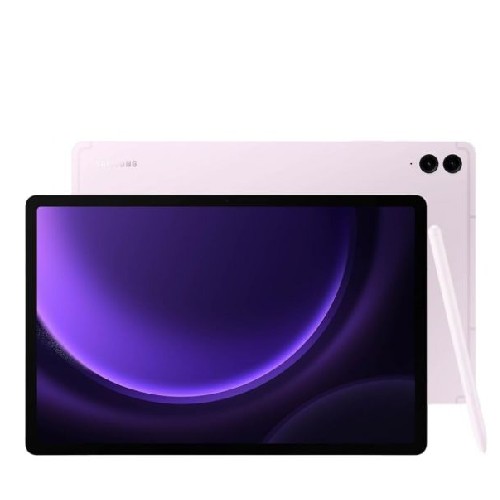
This is a great option thanks to its high-resolution, high-brightness, and high-refresh-rate 10.9-inch screen. It's less powerful than the iPad, but will handle light photo editing fine, and has Android's flexibility.
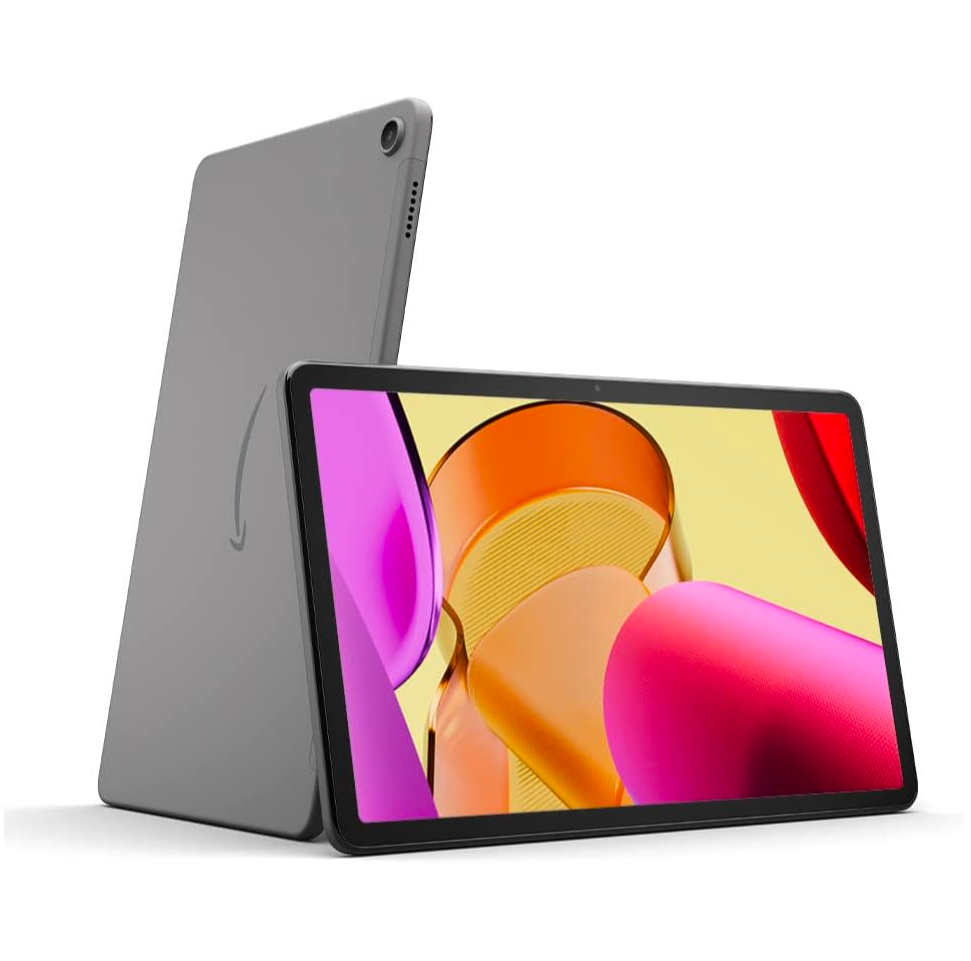
The lack of wide app support on this Amazon tablet is seriously limiting, but if you want a large, decent-quality screen to view images and perform some light photo editing on, this is easily the best for its very low price.
Load the next product ↴
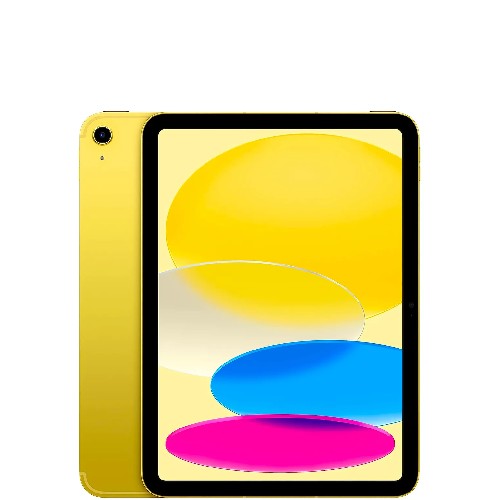
Apple has two cheap models known just as 'iPad', and this is the better one thanks to its larger screen, USB-C port to connect storage or cameras, and faster A14 chip – though don't expect to do super-complex edits.
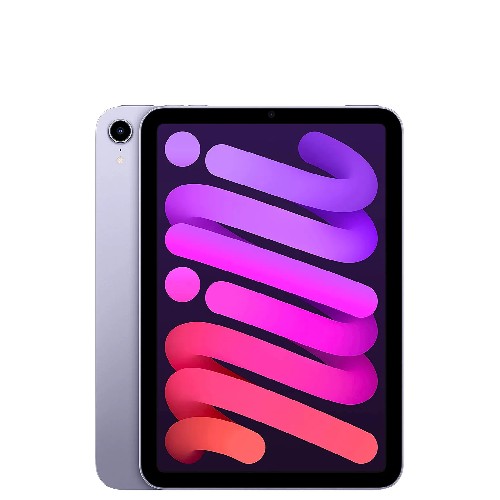
If you want a very capable tablet that's small enough to fit in a (large) pocket, nothing matches this. The screen is accurate and detailed, it's fast and capable and has USB-C.
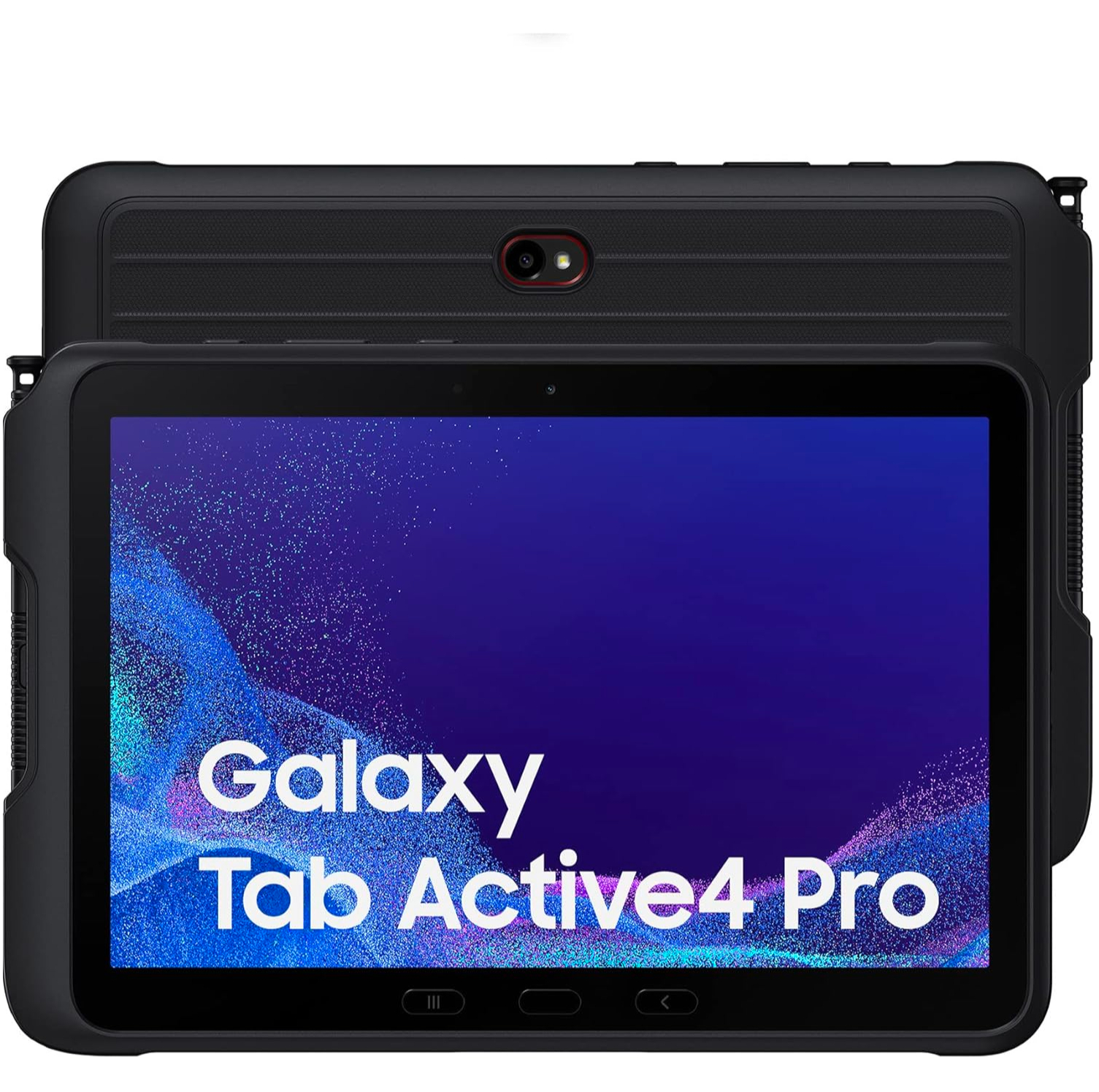
This isn't super-powerful, and its screen is only decent – but it can taken a beating or a soaking, and sometimes that's what you need most on a shoot. And it has all the app support and flexibility of Android.
Best tablet for photo editing in 2025
Why you can trust Digital Camera World
The best tablet for photo editing overall
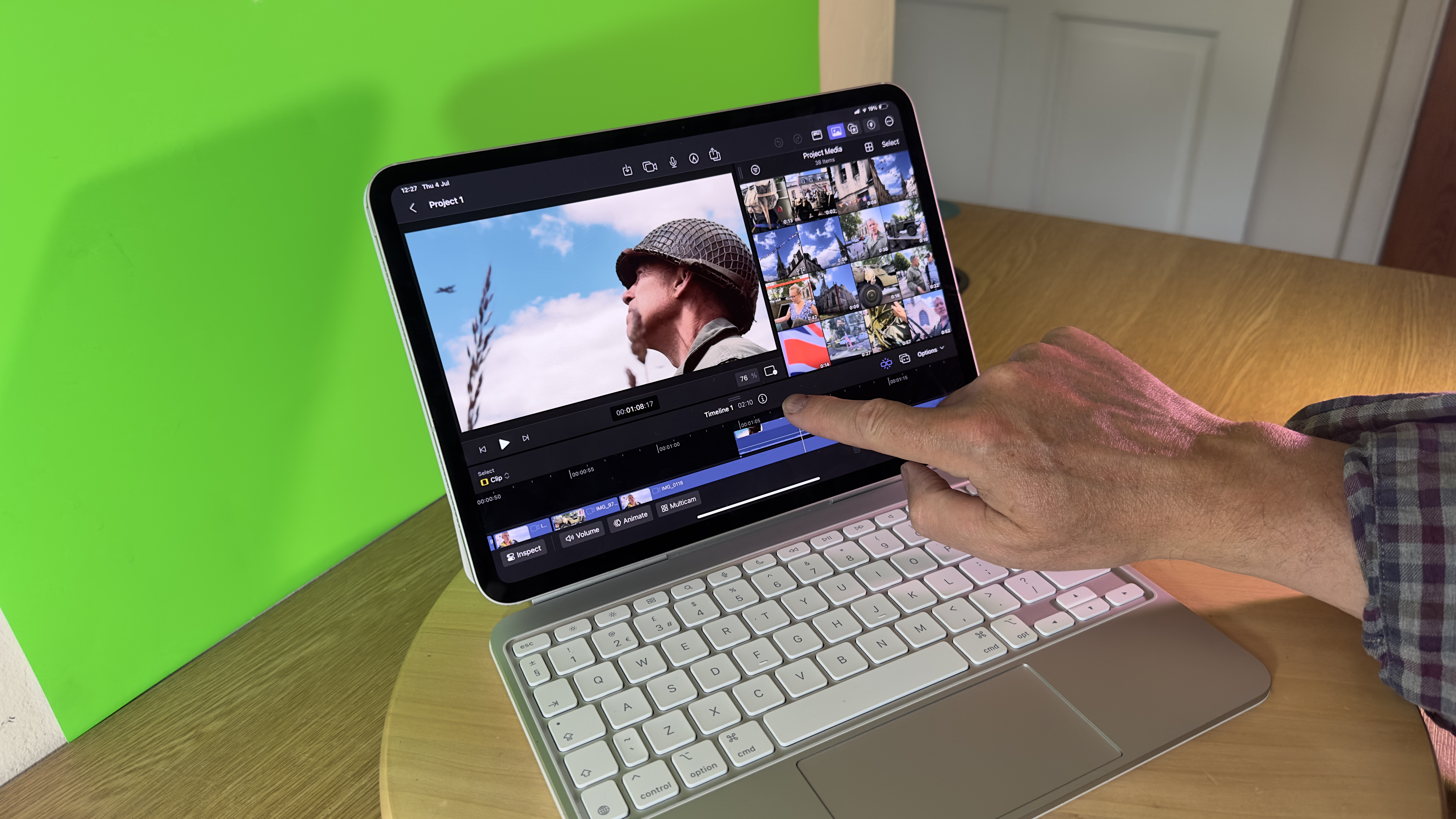
Specifications
Reasons to buy
Reasons to avoid
✅ You want the best tablet screen: The iPad Pro's mini-LED screen is the best you can get on a tablet: it's detailed, highly accurate, and much brighter than anything else, with stunning contrast.
✅ You want laptop levels of power: The M2 chip in here as fast as some pro laptops, with up to 16GB of RAM. If you apps to be able to handle large files, this offers all the headroom you need.
❌ You value portability most: It may be half the weight of even a light laptop, but the size of the screen means this stil needs a laptop-size bag to take it around.
❌ You need full desktop apps: While iPad apps are highly capable and suited to its screen, you don't get full-blown Photoshop and Lightroom here. You will need the Microsoft Surface Pro 9 for that.
The latest iPad Pro M4 is hands-down our best tablet for photo editing today based on our testing, thanks to its particular combination of screen quality, power, connectivity and software.
Our testers are particularly besotted with that stunning display. Featuring a detailed resolution we found to be great for seeing the detail in your pictures, it's the brightness and contrast that really elevate it. Featuring tiny mini-LEDs across the whole panel, it can hit 1,000 nits of fullscreen brightness when using HDR apps, which is much higher than other tablets here, making it more visible in bright lighting. It can hit 1,600 nits of HDR brightness in small areas, even.
And the advantage isn't just brightness: highly localized dimming of the backlight means dark areas look more realistically dark, or truly black, which is rare in LCD screens. Images look more true to life than other screens. Crucially, the colors are highly accurate too. For precision editing, it supports Apple Pencil 2, and has a 120Hz refresh rate.
The Apple M4 chip is also vital here. It's the most powerful processor in a tablet, delivering more capability than many recent pro laptops, and it comes with either 8GB or 16GB of RAM, which is tied to the amount of storage you get – again, this is the only tablet that goes up to 2TB of fast internal storage. The 16GB of RAM means that you can use pro-level apps with many layers of large pictures if you want, and it can handle it. Editing is lightning fast, including any batch changes.
The USB-C port doubles as a Thunderbolt port, meaning that it can transfer pictures to or from storage at up to 40Gbps, again making it just incredibly fast.
The only real issue is that it doesn't run the desktop versions of Photoshop and Lightroom, so you need to use the iOS apps instead, which have limitations. This may make it unsuitable for some people – but for what most people need to do, it's more than enough, and the App Store is alive with smart alternatives.
Read our full Apple iPad Pro (M4) review
The best Windows tablet for photo editing
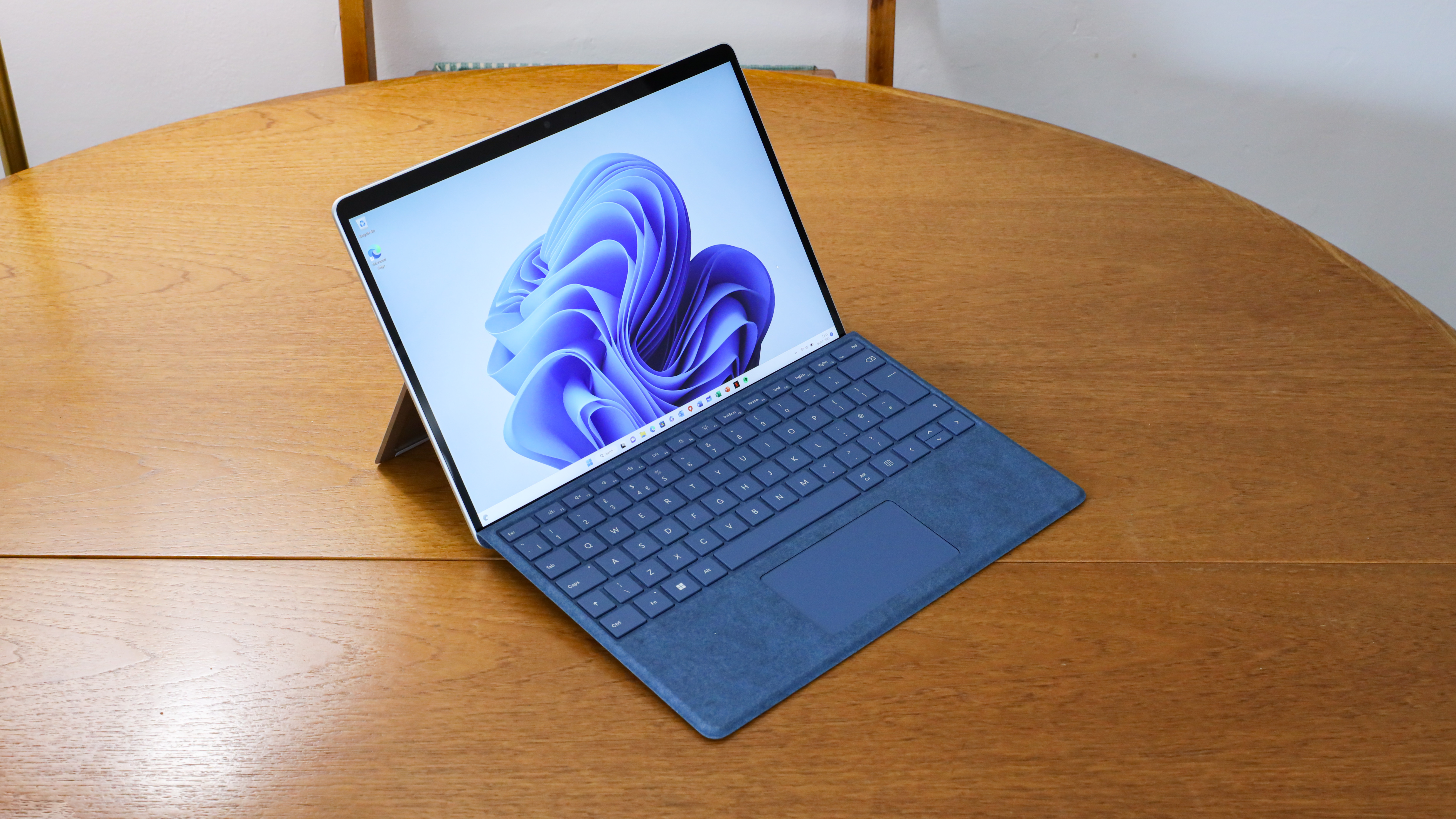
Specifications
Reasons to buy
Reasons to avoid
✅ You need real apps without compromise: You can run full Photoshop – or Lightroom, or Capture One, or whatever you need – on this, because it runs full Windows 11.
✅ You want lots of battery life: Promising up to 16 hours of battery life, you get a lot of life from this despite it packing a capable Intel processor.
❌ You want lightness on the go: It may be lighter than a laptop by a long way, but it's heavier than other tablets, due to its laptop-like specs.
❌ You want the ultimate screen quality: The LCD screen is accurate and detailed, but it lacks the rich contrast and color depth of the iPad Pro's mini-LED or the Samsung S9 Ultra's OLED.
If you need the full version of Photoshop or Lightroom on the go, or any number of other desktop-class photo-editing apps, this is our recommendation. It's the Windows 11 tablet that best balances portability, screen quality and performance, providing a great canvas for photographers.
Its Intel Core i5 or i7 processor is capable of handling on-the-go editing tasks no problem, and yet still somehow offers up to 16 hours of battery life, which is obviously incredibly useful. It also has two Thunderbolt 4 ports to connect to your camera and storage at the same time, and has up to 1TB of storage.
The screen is impressive in terms of its colour accuracy, and its resolution of 2880 x 1920 is pleasingly crisp. It's not as bright and lacks the deep contrast that the mini-LED backlight of the iPad Pro or the OLED panel of the Samsung tablet below can deliver – but in terms of general quality compared to most laptop screens, it's great.
There's a 10MP rear-facing autofocus camera with 1080p HD and 4K video, plus a 5MP front-facing camera with 1080p full HD video, though neither is anything to write home about.
The Surface Pen stylus is also available for precision editing, and the screen is 120Hz, so it feels very responsive to use. For anyone who needs a machine that's zero-compromise when it comes to software, this is the one.
Read our full Microsoft Surface Pro 9 review
The best Android tablet for photo editing
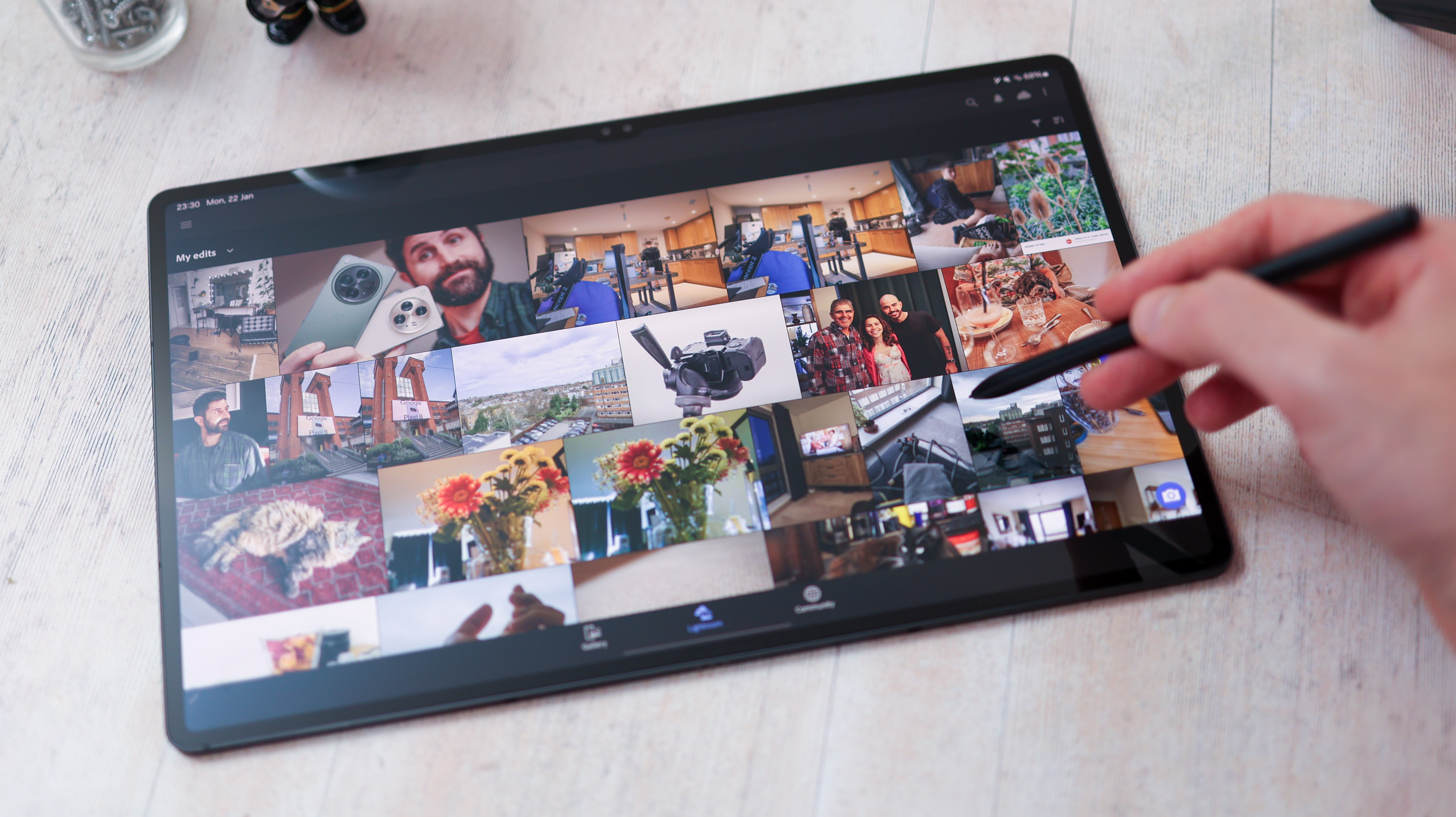
Specifications
Reasons to buy
Reasons to avoid
✅ You need the biggest screen to view photos: A 15-inch screen in a tablet! There's so much room and detail to really judge what you've shot – and the quality is tremendous too.
✅ You want a work-focused tablet: Samsung's version of Android is arguably the best around for multitasking, so this is great for getting all kinds of stuff done in the field.
❌ You want something compact: It's very thin, but a 15-inch screen is what it is – this is a big and broad machine to carry around with you.
❌ You want the best app support: The sad fact is that Android is third after Windows and iPadOS for quality app support. You can absolutely do light editing on it with a variety of tools, but there's no kind of proper Photoshop here.
This is an Android equivalent to the iPad Pro at the top of our list. So if you want something equally slick and slender, but tied to Samsung or Google's systems instead of Apple's, it may be ideal.
Our experience with is naturally focused on its huge, beautiful OLED screen. We find it to be marginally less sharp than the iPad Pro's, but only because it's bigger, so we've no problem with that trade-off. It's an OLED screen, which means pixel-precise contrast and dimming, so it offers unparalleled contrast and depth to darker areas. And while it's not as bright as the iPad Pro's 1,000 nits with HDR apps, it still manages close to 700 nits, which is far above average (most laptops and tablets are 500 nits maximum). It has a 120Hz refresh rate and support for Samsung S Pen for responsive precision editing.
The Snapdragon chip that powers it isn't as mind-blowing as the M2 chip in the iPad Pro, but you're unlikely to ever feel the limits of its power – it's extremely capable, and offers up to 16GB of RAM. However, the notable downside of this compared to the other premium options is that the reason you won't push this processor to its limits is that the apps available are so limited in scope. Photoshop Express is not even close to its iPad equivalent, let alone the desktop version; and there's nothing as powerful as Affinity Photo to fill the gap. There are editing apps, no question, and being able to view your photos and lightly edit them may be all you need – but we prefer the headroom to get from the iPad Pro, which is why it sits above this option.
However, there are two major upsides to this tablet that may also sway you. First is the microSD slot, so you can add up to 1TB of storage in addition to the up to 1TB of storage you can get on board – that's a lot of pictures.
Second is that Samsung's multitasking interface on its tablets is the best in the business, so it's really easy to work on things side by side, or switch around between apps – it feels very natural and slick. So as a total work machine that happens to be excellent for viewing photos as well, this is a great package.
Read our full Samsung Galaxy Tab S9 Ultra review
The best value iPad for photo editing
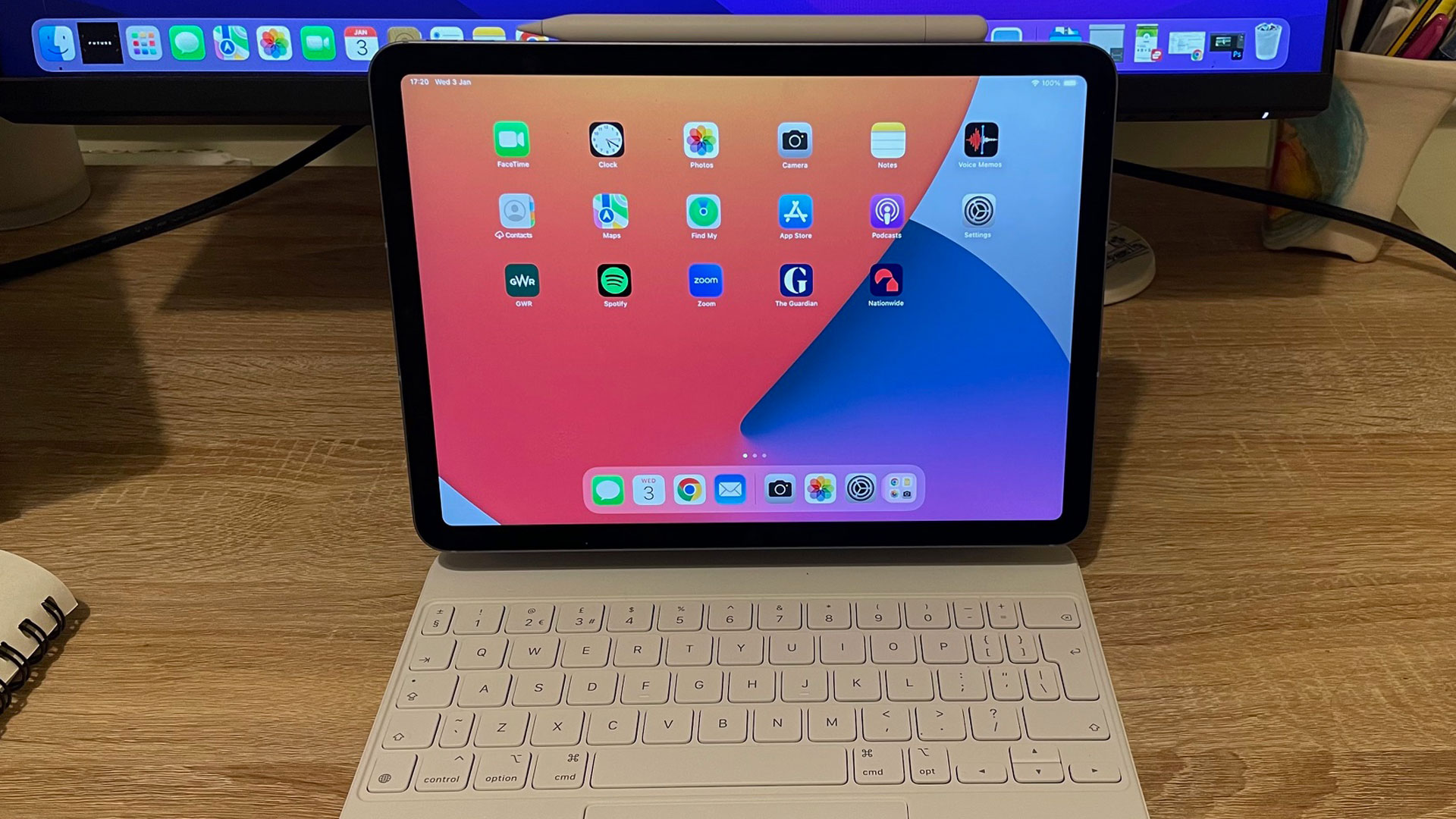
Specifications
Reasons to buy
Reasons to avoid
✅ You want portable power: The Apple M1 chip in here is pretty much as powerful as the one in the iPad Pro, but in a more portable frame. It's a super-capable companion.
✅ You want great quality for great value: For the price, this is quite a package – a highly accurate screen, superb build quality, laptop-like power, and Apple Pencil 2 support.
❌ You need the best screen around: It has strong screen, but it's not as bright as the more expensive models above, and it's not 120Hz for slicker editing.
❌ You need lots of on-device storage: With a maximum of 256GB of on-board storage, you won't be taking a huge library of raw files around with you on this. There's no microSD expansion, either.
The iPad Pro makes number one on our list, as it's the best iPad overall for photographers and photos editors when you look at the sum of its parts. But the 10.9-inch iPad Air, launched in March 2022, is a much lower price yet still packs in the great build quality and laptop-like levels of performance of the Pro.
It's super-light at just 461g, super-thin at just 6.1mm, and with its 11-inch screen it doesn't have too much of a footprint in your bag. We find it just the right balance of size and weight in the hand, too.
You can throw almost anything at the Apple M1 processor inside, because it's just incredibly capable and comes with 8GB of RAM – that means some super-complex and large multi-layered files might struggle, but that's it. For viewing libraries of files and making instant edits, it's so fast and capable.
However, there are clear downsides. The screen is very colour accurate, but it's less bright and lacks contrast compared to all the tablets above, and it's 60Hz instead of 120Hz. The tablet also only comes with 64GB or 256GB of storage, which certainly limits how many files you can keep on it. The USB-C port is good for connecting to storage (though it's not Thunderbolt, like the iPad Pro), but there's no other way to expand it.
The built-in cameras are solid-quality, so it's a very strong machine for the price – as long as you don't need the things you give up to get there.
Read our full iPad Air (2022) review
The best value Android tablet for photo editing
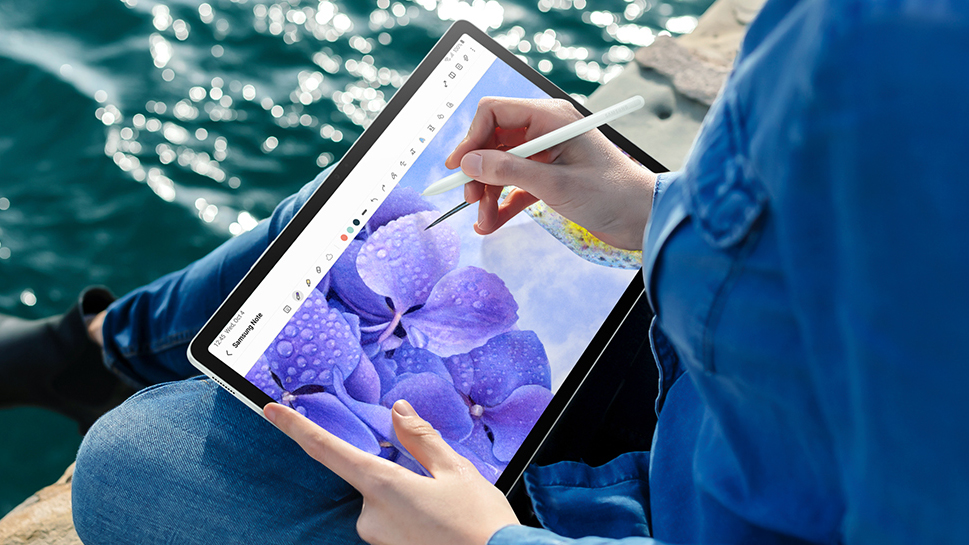
5. Samsung Galaxy Tab S9 FE
Specifications
Reasons to buy
Reasons to avoid
✅ You want stylus precision for a great price: This tablet comes with the S Pen included, and has a 90Hz screen so it feels super-responsive in use. Excellent value.
✅ You want big storage for less: It only has up to 256GB of on-board storage, but it can take microSD cards of up to 1TB, so this is a great way to store lots of stills or video on the go.
❌ You want lots of editing power: The Tab S9 FE doesn't have a very powerful processor, but that's okay, because Android doesn't have very powerful image editing apps to use it. One for light editing.
❌ You want a very high-quality screen: The screen here is brighter than average, but it's limited when it comes to contrast – black tones are a little weak even by LCD tablet standards, let alone OLED.
The Samsung Galaxy Tab S9 FE is geared to be a more affordable alternative to the Galaxy Tab S9 range (without the FE). To make it more affordable, you're getting a fairly lightweight processor and an LCD screen instead of an OLED panel – but actually, the LCD screen here has two big advantages over the iPad Air (above).
First, the screen on the Tab S9 FE can reach around 700 nits of brightness, which is far higher than the 500 nits of the iPad Air, and means that it can be significantly more visible in sunlight. It admittedly struggles with convincing black tones, so if you'll mostly use it inside, other screens may offer a more rounded image, but the high brightness is definitely an advantage for taking to outdoor shoots. On top of that, the screen is 90Hz, compared to the 60Hz of the iPad Air, which means that animations are smoother – and more usefully, it means that if you use the included S Pen for precise editing, you'll see a faster response to your motion, which helps with accuracy.
Now, that lightweight processor could also be a downside, but as we've mentioned elsewhere in this guide, Android lacks the more heavyweight photo-editing apps that you get on iPadOS and (especially) Windows anyway, so maybe that's not necessarily a problem in itself – but you also need to reckon with the lack of apps!
One other advantage of this tablet is that it's built to IP68 water and dust resistance. Try not to drop it in a lake, but it'll stand up to spills or rain, so again great for outdoors work.
The best cheap tablet for photo editing

Specifications
Reasons to buy
Reasons to avoid
✅ You want something cheap: This is about half the price of our mid-range tablets at full price – but no one pays full price for Amazon tablets! You'll regularly find this another 20-40% cheaper despite mid-range specs.
✅ You want a lot of storage on the go: The built-in storage is limited to 128GB max, but with up to 1TB of microSD storage, this is pleasingly flexible.
❌ You need great photo apps: Fire OS is a version of Android, but it doesn't have the Google Play Store. Amazon's own store is much more limited in selection – and we already said that Google's store is more limited than iPadOS.
❌ You need a super-accurate screen: Stepping up to an iPad will get you a well-calibrated screen out of the box – this one isn't totally colour-accurate.
The Amazon Fire Max 11 is the largest and most powerful of Amazon's suite of tablets, making it the most suitable for photo editing – it offers a good-size screen with decent resolution, and there's support for an optional (inexpensive) stylus.
Yes, the screen is less accurate than the pre-calibrated iPad screens, but it's fairly bright and looks good overall, so as long as you're not doing pro work on it, the quality should suffice. Unlike iPads, though, this has a microSD card slot for expanding the storage with up to an additional 1TB, so it offers all the capacity most of us could want.
It's lighter than some of the mid-range competition too – not by much, but every little helps when you're trying to keep your kit feeling portable. Amazon also promises that its toughened glass is three times stronger than the cheaper iPad's glass, but we haven't tested that…
The potential fundamental flaw with this tablet is the software. Fire OS is based on Android, but it lacks the Google Play Store, offering an Amazon equivalent instead that's lighter on apps. There certainly are photo apps here, but if you want to have complex apps with capacity for more complex work, you need to be going iPad.
But that costs a lot more. For the price – and bear in mind that this is regularly discounted by Amazon too – you're getting a strong screen for viewing photos. Just maybe not the best software for editing them.
Read our full Amazon Fire Max 11 review
The best affordable iPad for photo editing
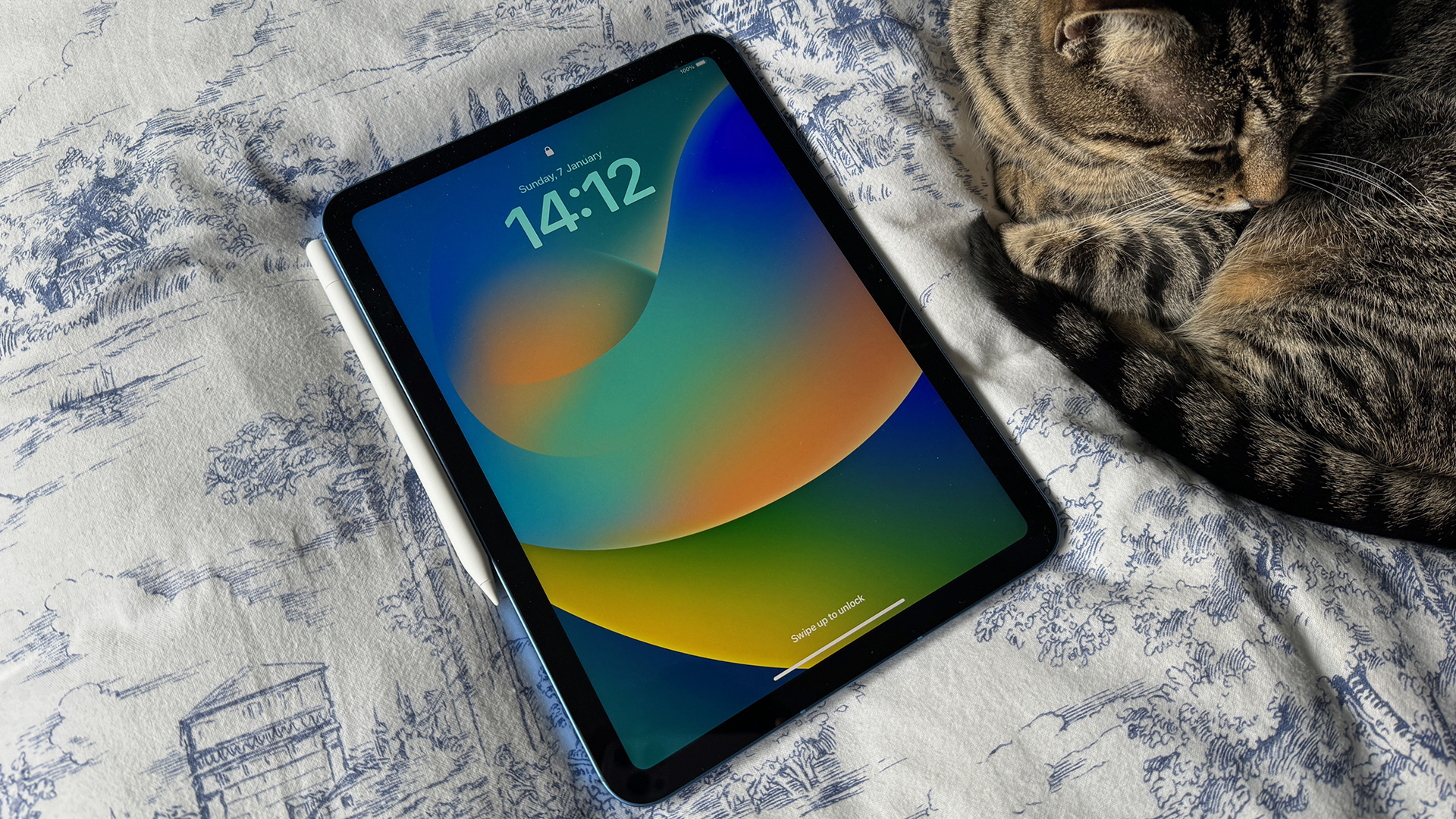
Specifications
Reasons to buy
Reasons to avoid
✅ You want an affordable iPad: This isn't the cheapest iPad you can get, but the balance of screen to portability and a USB-C port make it our cheap iPad pick for photo editing over the 10.2-inch model that's also available.
✅ You want highly capable apps for less: It's may not be an iPad Pro, but it's capable of running the iPad version of Photoshop, Affinity Photo and more extremely powerful apps.
❌ You need an elite screen: This iPad's screen is accurate, but it's not very bright and it's prone to reflections. The iPad Air's screen is a step up, and the iPad Pro is on another level.
❌ You need a lot of storage: With 256GB of storage at most, it's limited compared to options with microSD expansion – though it does have USB-C, at least.
All the different iPad generations can get a bit confusing if you're not a hardcore Apple fan. They basically fit into four main ranges: iPad Pro, iPad Air, iPad mini, and the basic line that's just called 'iPad' – of which there are two models. This is the more expensive of those two, but it's our pick because it fits a larger screen into the same-size body as the cheaper model, making it preferable for viewing photos.
The screen is colour-accurate out of the box, which is obviously great, though its non-laminated design means it's prone to reflections, and it's significantly less bright than that of the Samsung Tab S9 FE, let alone the iPad Pro. But it's a quality screen overall that's good for editing. Note that this tablet works with the Apple Pencil 1st gen or the Apple Pencil USB-C, but not the Apple Pencil 2.
While this tablet isn't as powerful as the iPad Air or iPad Pro in terms of raw chip speed, it's just as powerful in terms of the apps – you can run the App Store versions of Photoshop, Lightroom, Affinity Photo and so on, which really puts it above the Android or Amazon cheaper options if you want to be able to get lots of editing done on it. You won't be able to get into complex, multi-layered editing of huge images, but that's fine – that's what the Pro is for.
As with all iPads, it's a shame there's no microSD card slot for easily expanding the storage, but at least the USB-C port means you can connect external drives or your camera.
Read our full Apple iPad (10th Gen, 2022) review
The best small tablet for photo editing
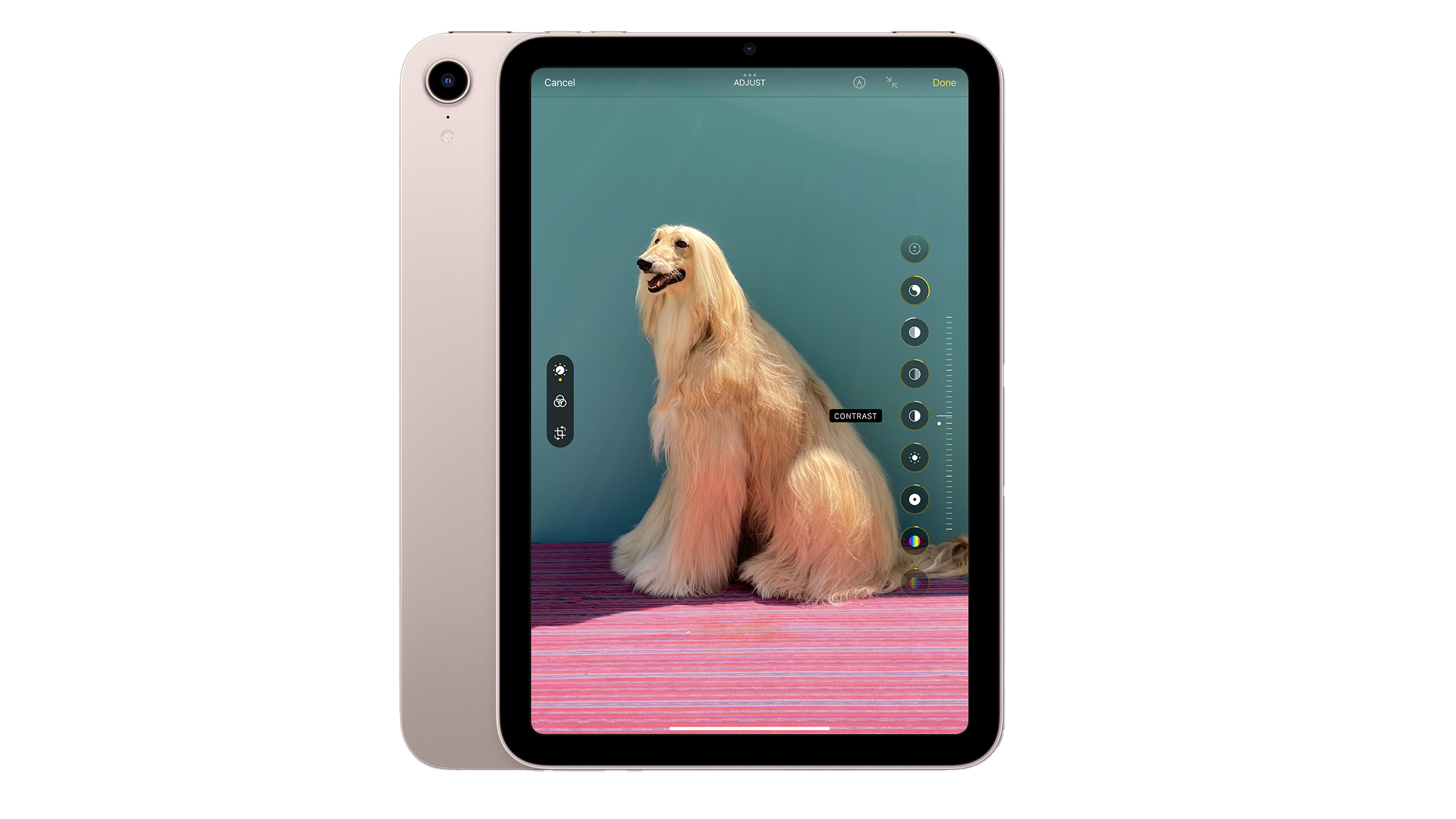
8. iPad Mini (2024)
Specifications
Reasons to buy
Reasons to avoid
✅ You want the most portable option: This is the smallest option here, and the only one that doesn't require a laptop-sized bag to take it with you.
✅ You want powerful apps: Despite its small size, it's extremely fast and will run the broad range of capable apps you expect from an iPad.
❌ You want a big canvas: Look, this might seem obvious, but the iPad mini really is mini. In terms of screen area, the 11-inch tablets on this list offer around 75% more space.
❌ You want expandable storage: There's no option for microSD expansion - although there are three different storage configurations, from 128-512GB
Okay, we know there are a lot of iPads on this list, but they're easily the most capable tablets for photo editing in terms of what the apps on them can do – and each of these devices offers something slightly different. In the case of the iPad mini, its superpower is just how small it is, delivering a pin-sharp, highly accurate screen that can fit in a (large) jacket pocket. Or, perhaps more usefully, could fit right in some camera kit bags without you needing another bag for a laptop-sized tablet. It's super light as well.
It's so easy to carry and convenient that it might even change your workflow because you can have it around all the time – and being an iPad, it has access to more powerful editing tools than you can get from cheap equivalents, and they're surprisingly usable on the small screen. If you need extra precision, the new 2024 model supports either the Apple Pencil Pro, or the Apple Pencil USB-C.
As with all the iPads here, we wish it had expandable storage, but the maximum 512GB option should be enough to check out a shoot and get your pictures editing and polished quickly. It's the convenience and size that's the advantage here, and while you can get other 8-inch tablets, they're not remotely as actually useful as this one. For photographers, the iPad mini is in a class of one.
The best rugged tablet for photographers
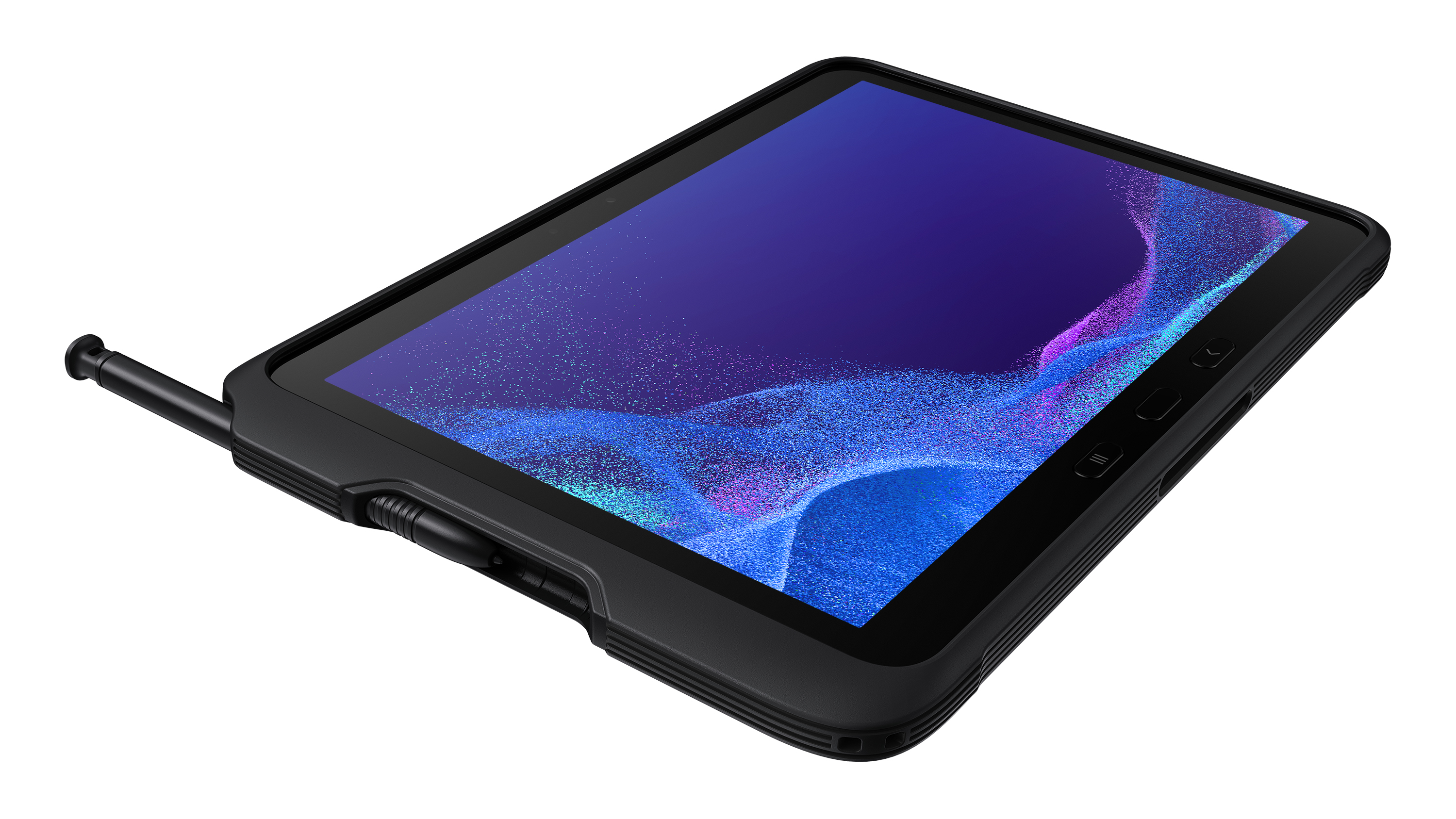
9. Samsung Galaxy Tab Active 4 Pro
Specifications
Reasons to buy
Reasons to avoid
✅ You need something durable: The other tablets here aren't made to be mistreated, but the IP68 rating here can deal with being submerged in water, it can block dust and sand, and can take impacts or falls.
✅ You want a long battery life: This tablet promises 16 hours of battery and can act has a power bank out in the field, both which bring peace of mind.
❌ You want a super-premium screen: Don't expect as bold lifelike colours as most of the premium tablets here – it's detailed, but it just isn't the focus of this tablet's design.
❌ You need pro editing apps: This may have professionals in mind, but Android is being the iPad or Windows when it comes to powerful photo apps, and this is no exception.
If you need a tablet that lets you view and tweak your photos in any location, where water or falls or general mistreatment might be problems, this may be what you need. Don't expect as rich colour reproduction, or a super-powerful processor – the Galaxy Tab Active range is about protection and durability, with the full flexibility of Android behind it.
This does mean that it's relatively heavy for its size, and chunkier, but that's always the trade-off with toughness. But being chunky does bring some other advantages with it, such as the 16-hour battery life – better than almost all the competition, and it might be exactly what you need.
The 10.1-inch screen is one of the smallest here, but it's perfectly sharp and clear, and there's a stylus included (which, just like the tablet, is IP68-rated against water and dust).
It only comes with up to 128GB of internal storage, but as is usual with Samsung's tablets, there's a microSD card slot for adding up to 1TB of additional space.
The tablet is not particularly powerful, but should have enough grunt making good edits to your pictures – of course, the caveats we always have about the relative weakness of Android's photo-editing app library compared to iPadOS or Windows applies here… but then, there's no iPad with this kind of toughness.
FAQs
What photo editing software can I use on an iPad?
You can use a variety of photo editing software on an iPad, including Adobe Lightroom, Adobe Photoshop and Affinity Photo. You won't have the same range of features in Photoshop and Lightroom as you will in the desktop version, but Affinity Photo is actually the same on both desktop and iPad. Additionally, there are many other good options available, such as Snapseed, VSCO, and Pixelmator Photo, each with their own strengths and capabilities.
What photo editing software can I use on an Android tablet?
As of now, there is no Android version of either Adobe Photoshop nor Affinity Photo for Android devices, although there is an Adobe Lightroom app for Android. Many lighter photo editing apps are also available, such as Snapseed, VSCO, Pixlr and PicsArt.
What photo editing software can I use on an Amazon tablet?
Amazon tablets typically run on the Fire OS operating system, which is a customised version of Android. However, you can't access the apps in the Google Play Store, and are limited to only using apps in the Amazon App Store, such as Snapseed and Pixlr.
How to choose the best tablet for photo editing
Just because a tablet has some impressive numbers and a slick design, it doesn't necessarily mean that it's the best tablet for photo editing. There are a few features that you'll want to keep an eye out for, including the size of the screen and its resolution. You'll also want to make sure that the quality of the screen and its color accuracy is assured.
This is one of the major reasons why iPads are so popular with photographers – they have screens that are accurate and with DCI-P3 colour gamut support. You simply don't have to think about it – but Samsung puts a lot of effort into its screens too, and the Microsoft Surface Pro 9 also has a trustworthy display.
Several tablets have OLED displays, which offer richer contrast than most LCD screens, and so are very tempting to photographers who want to view a greater dynamic range on their photos. However, OLED screens are still prone to burn-in over time, and obviously it's not great if you're previewing photos with a ghost of some icons or text on the screen. OLED tablets can still be very worthwhile, you just will have to accept it means the tablet will have a maximum lifetime based on its screen rather than whether it still performs overall.
One important aspect to consider is the tablet's battery life. There's nothing more frustrating than sitting down to edit, only to realize that you've only got a few minutes of charge left. You'll also want to consider how much the tablet weighs and whether it'll fit into your camera bag – most of the tablets here are roughly the same size, but have some the size of laptops, and one that may slip into much smaller bags to help you stay more mobile.
Storage may be a significant factor too. Most iPads have a fairly limited amount of built-in storage, and no expandability, outside of using their USB-C port to connect to an external drive. Most of the non-Apple tablets we recommend, however, have a microSD card slot that means you can add up to 1TB of storage, so you can hold vast libraries on there.
Most crucially, you'll need to consider whether the software you want to use is actually available on that particular tablet. Not every app is available for every operating system – and even when it is, not all the tools you're used to may be available on it.
Photoshop, for example, is available for Windows and iPad, but the latter version is less powerful and feature rich, though still offers most tools photographers will want. For Android, meanwhile, there's an even more scaled-down version in the form of Photoshop Express, which may feel too limited for some. With Affinity Photo, meanwhile, the Windows and iPad versions are pretty interchangeable, but there's no Android app at all.
In terms of app support: Windows is naturally the strongest, but the tablets are somewhat chunky; iPad offers a great balance of power and portability, but a small number of people may find it too limited; and Android offers excellent hardware flexibility, but weaker editing options.
For more recommendations, see our guide to the best drawing tablets for photo editing and our roundup of the best Wacom tablets. Or, if you'd prefer to work on a 'proper keyboard' instead, check out our roundup of the best photo-editing laptops.
How we test the best tablets for photo editing
Our writers have extensive experience testing tablets, including not just the new models you find here, but previous versions stretching back over a decade as well, so we know exactly what we're looking for.
To test tablets for photo editing, we're putting them through their paces in a variety of ways. The screen is central to all this, of course – we'll view photos we know well on them to see if we're satisfied with the colour reproduction, dynamic range, and detail levels. We'll use them indoors and outside to see how they handle reflections.
We test their performance at different levels of photo-editing complexity, seeing how they handle light edits compared to more complex image editing with large files – we're looking for whether changes happen in real-time, or whether there's any lag in the process. With more complex apps, we're looking at how many layers or what kind of size the files can be before we hit a RAM limit or performance slows.
To test battery life, we'll use streaming video as a standard way to test how long tablets can last compared to other tablets. But we'll also use them in more standard, real-world situations, such as for web browsing and, of course, editing photos.
We'll also test how good their built-in cameras are, taking shots in various lighting situations using the front and rear cameras.
What photo editing software can I use on an iPad?
You can use a variety of photo editing software on an iPad, including Adobe Lightroom, Adobe Photoshop, Affinity Photo, and Darkroom. These apps offer powerful features and intuitive interfaces, making them great choices for both amateur and professional photo editing. However, note that you won't have the same range of features in Photoshop and Lightroom as you will in the desktop version. Additionally, there are many other excellent options available, such as Snapseed, VSCO, and Pixelmator Photo, each with their own strengths and capabilities.
What photo editing software can I use on an Android tablet?
As of now, there is no Android version of either Adobe Photoshop nor Affinity Photo for Android devices, although there is an Adobe Lightroom app for Android. Many lighter photo editing apps are also available, such as Snapseed, VSCO, Pixlr and PicsArt.
Get the Digital Camera World Newsletter
The best camera deals, reviews, product advice, and unmissable photography news, direct to your inbox!

Gareth is a photographer based in London, working as a freelance photographer and videographer for the past several years, having the privilege to shoot for some household names. With work focusing on fashion, portrait and lifestyle content creation, he has developed a range of skills covering everything from editorial shoots to social media videos. Outside of work, he has a personal passion for travel and nature photography, with a devotion to sustainability and environmental causes.
